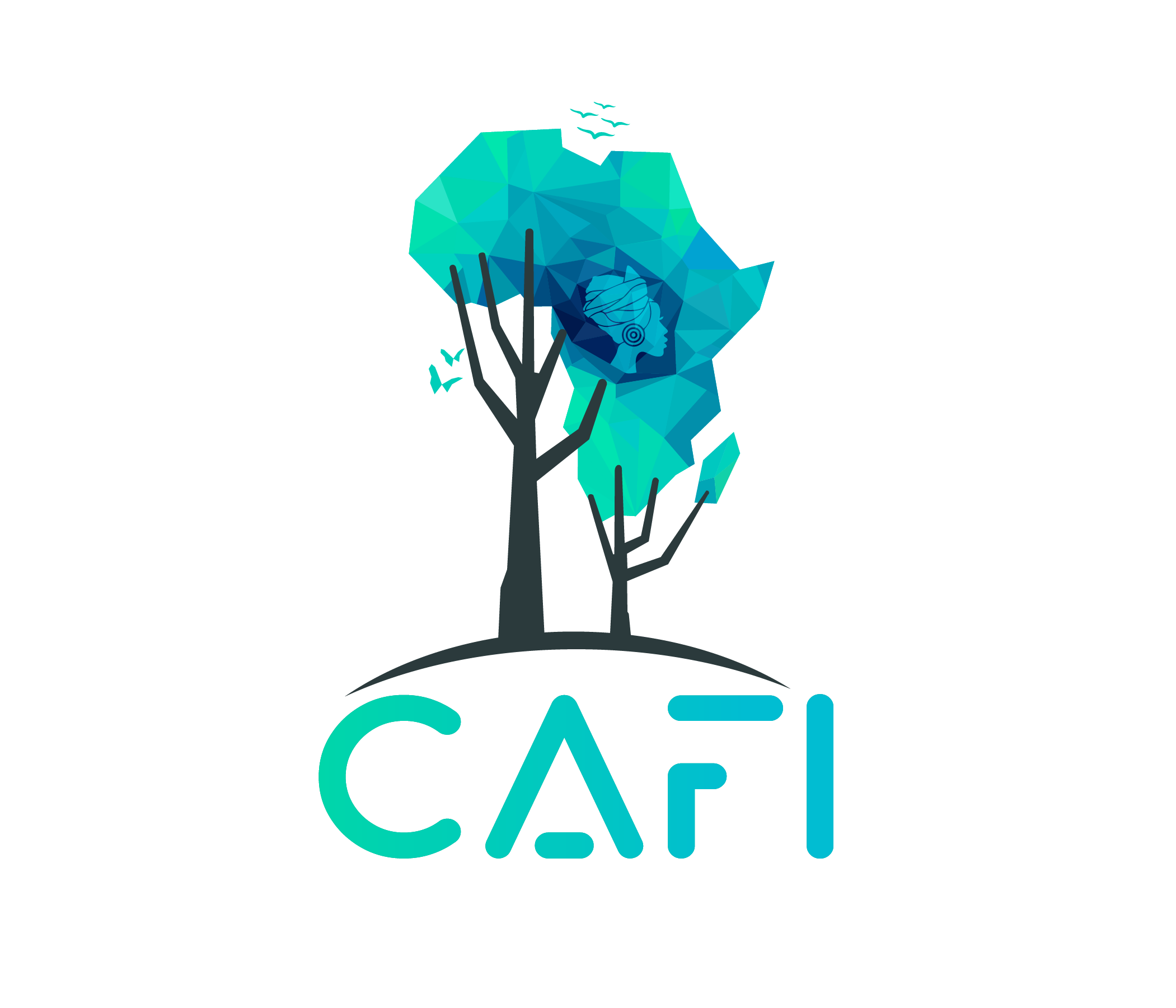Mongala Province, located in the Democratic Republic of the Congo, spans 2.5 percent of the country’s territory, with over two-thirds of its land covered by forest. However, deforestation has become an increasing concern, with forest loss accelerating sharply since 2013 — reaching 114,000 hectares in 2017 alone. This trend is driven by population growth, poor land management, unclear land tenure systems, and the spread of slash-and-burn agriculture.
The socio-economic challenges in Mongala are significant: 80 percent of households live below the poverty line, and 70 percent rely on subsistence farming. Around 30 percent of the land is open access, densely populated, and especially vulnerable to deforestation. Although the province holds great potential for hydroelectric, solar, and biomass energy, it lacks formal electricity providers, leading to widespread dependence on wood fuel, further straining the forest ecosystem.
In response, the PIREDD Mongala programme—backed by CAFI through the DRC’s National REDD+ Fund—aims to promote sustainable land use and reduce deforestation. The programme focuses on improved land use planning, enhanced governance, and the implementation of local development plans. It also supports the adoption of sustainable agroforestry practices and works to strengthen essential public services in the province.

